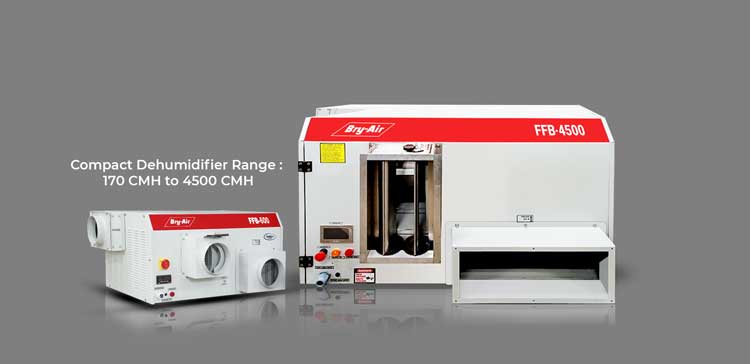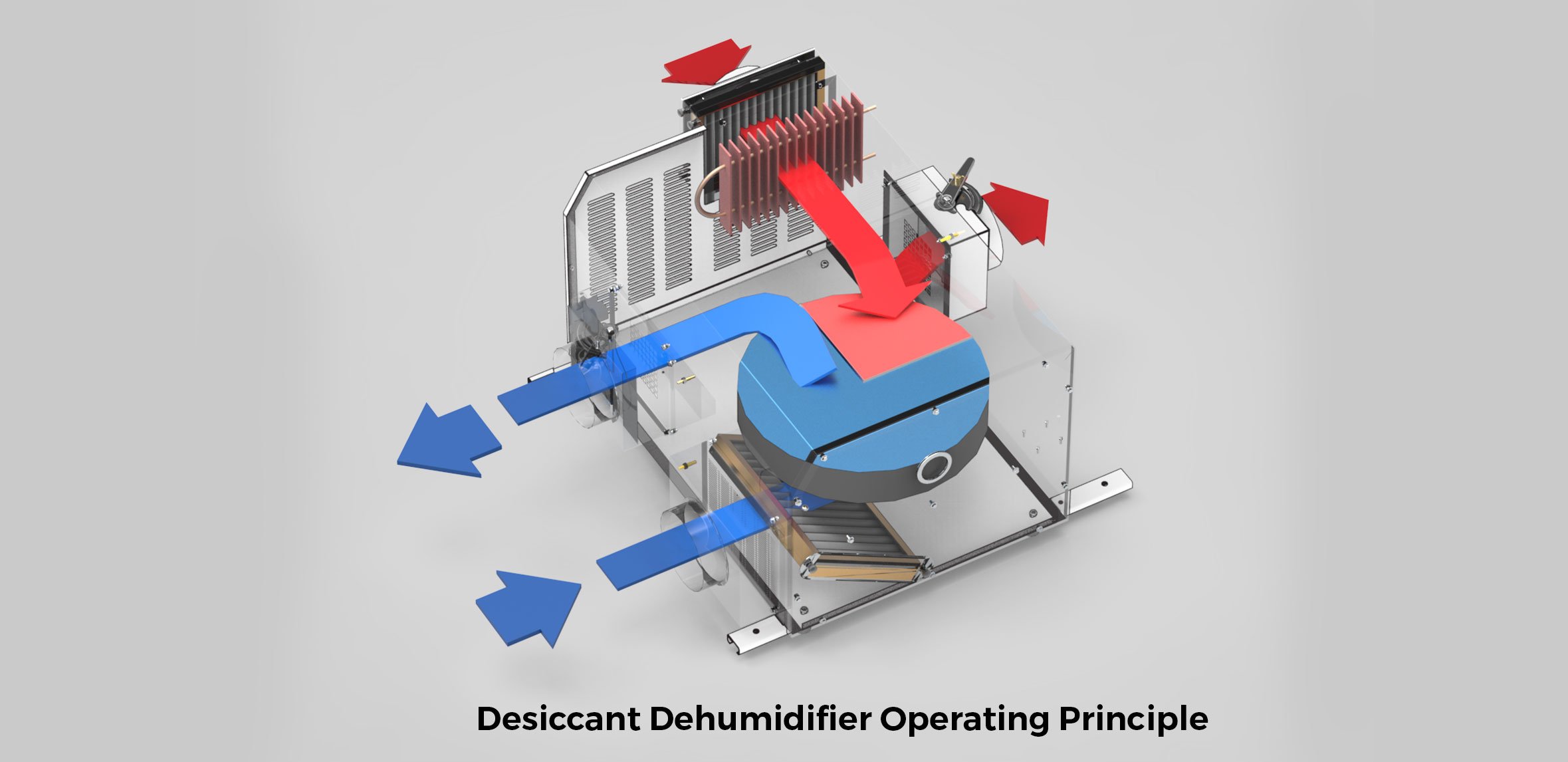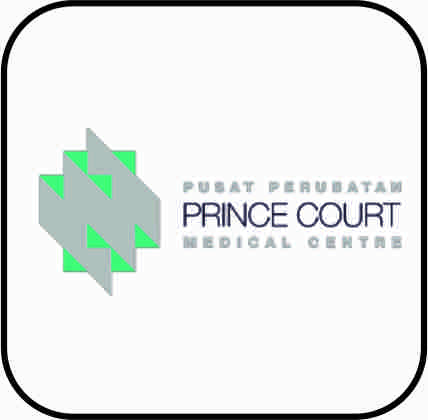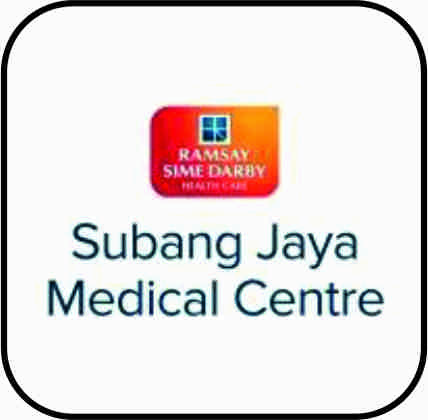Moisture and Contaminants are the hidden enemies of healthcare facilities for their Imaging Rooms/Operation Theatres/Pathology Labs. You need Dry and Clean Air to prevent corrosion and malfunctioning and ensure accurate results.
For good health care, it is important to have healthy indoor air quality. For this, ample amounts of outside air need to enter the building through the ventilation system. Outside air can account for over 90% of the moisture load that usually occurs in many healthcare facilities. Temperature control is easily achieved with air conditioning but managing humidity levels are often overlooked by health care providers who have been focused solely on temperature control systems thus far. Uncontrolled humidity in a healthcare facility can result in:
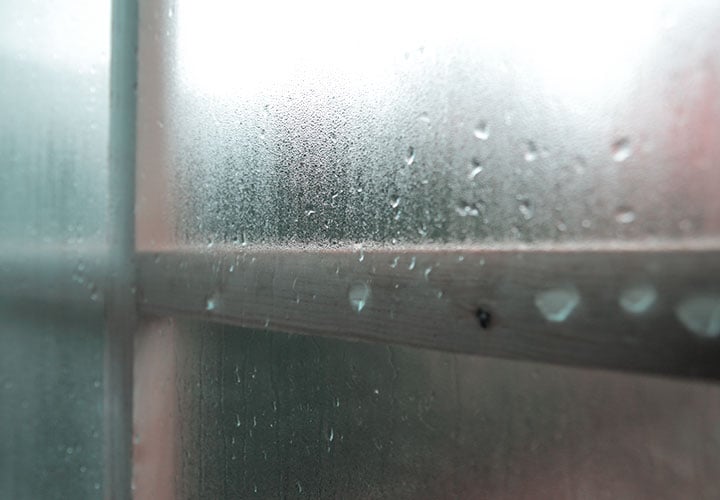
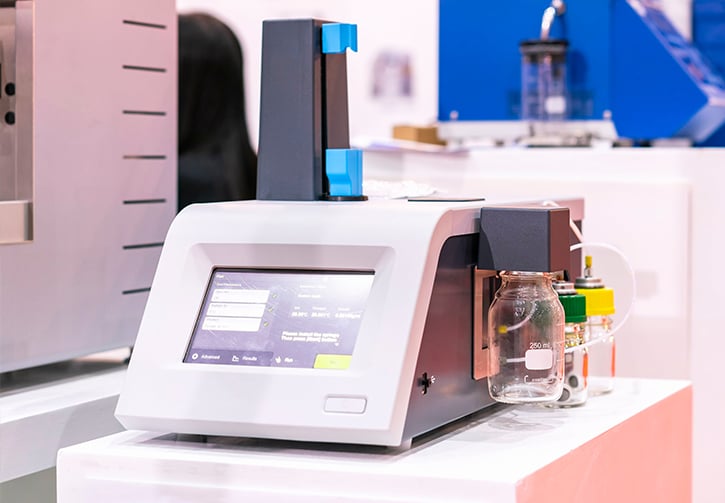
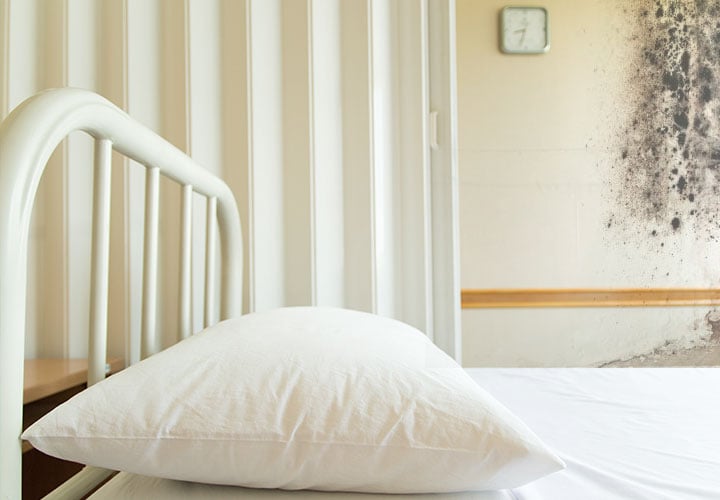
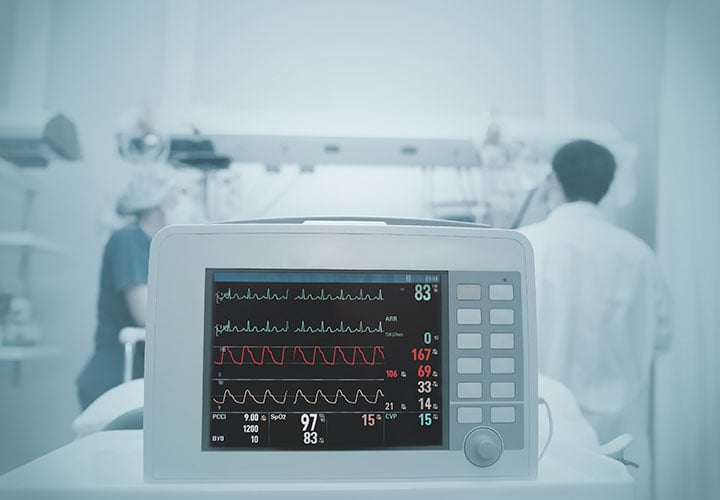
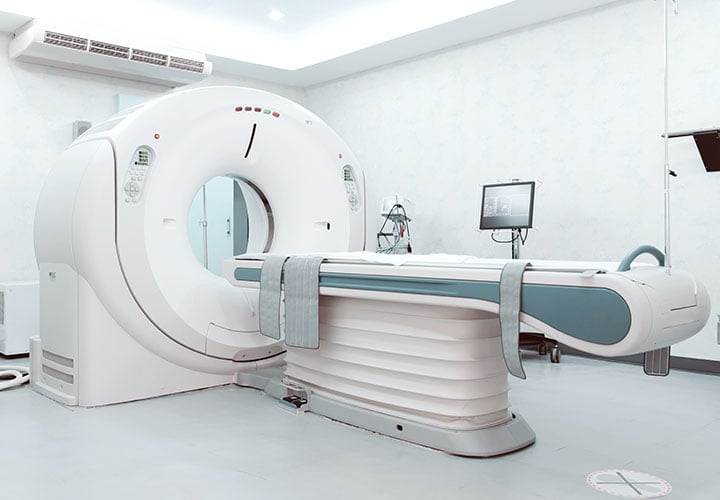

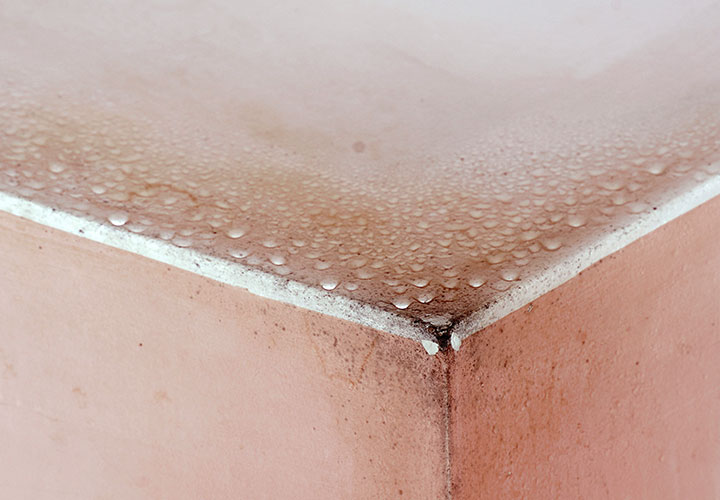
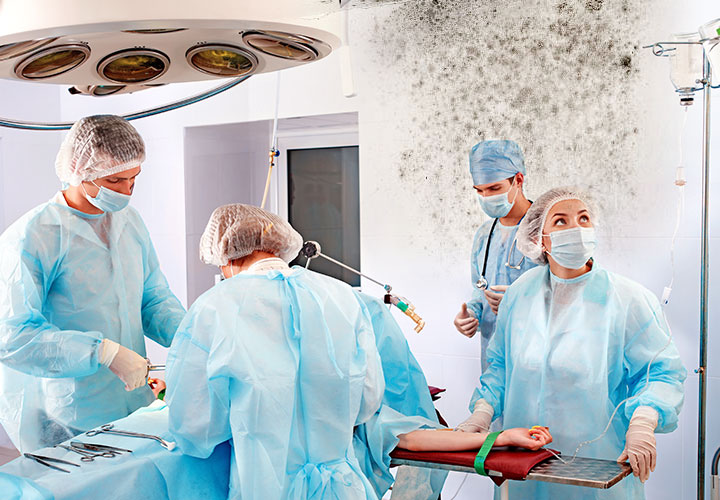
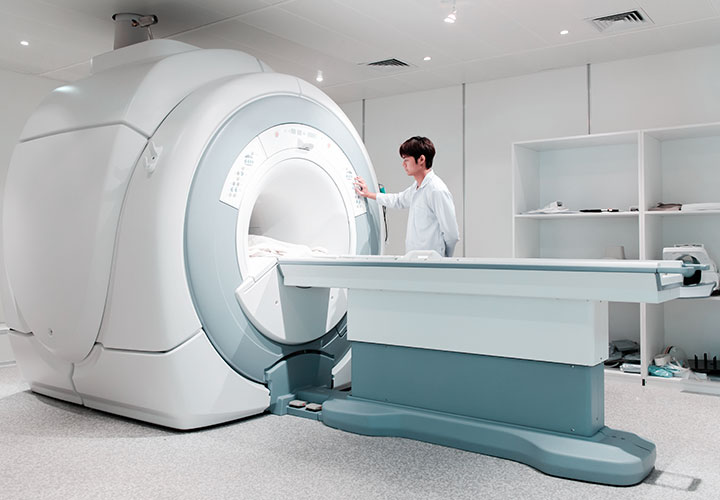
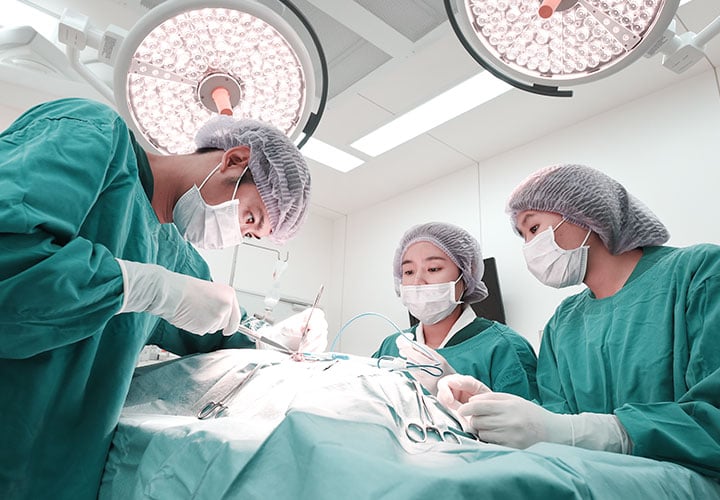
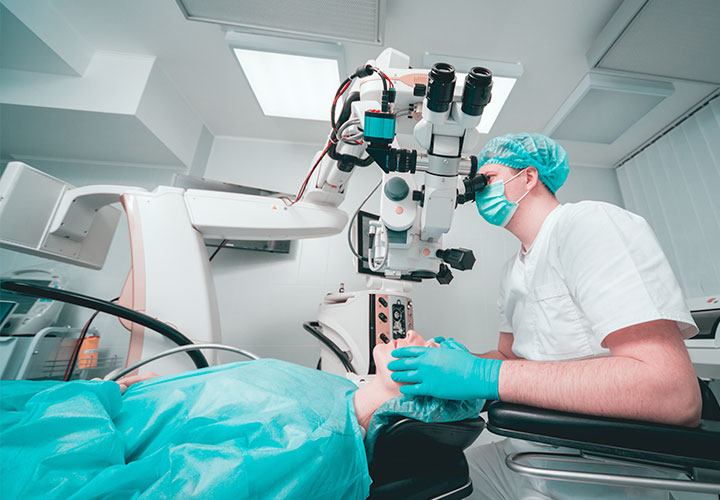
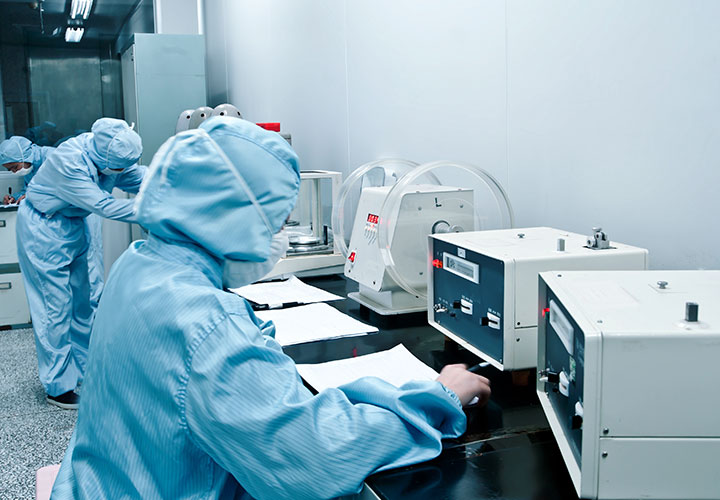
Rooms that required temperature & humidity control
| Room | Temperature (ºC) |
Relative Humidity (%) |
| Operation Theatre | 18-20 °C | 50-55% RH |
|
Imaging Department:- X-ray room, MRI, CT Scanner, Mammography, Ultrasound, Fluoroscopy, Angiology, Tomography |
22-24 °C | 50% RH |
|
Pathology Department, Dark Room, Biology lab, Chemical lab, Immunology, Hematology |
22-24 °C | 35-50% RH |
| Laser Eye Surgery Rooms | 18-24 °C | 30-40% RH |
Other areas in the hospital where humidity control is required
X-ray films require being stored in ambient humidity conditions else there is a likely photo-catalytic reaction on it which could lead to poor image quality and consequent incorrect diagnosis and treatment.
Desiccant dehumidifier offers a tested alternative for humidity control at low temperatures. It is recommended to integrate a compact model (FFB series) into the air conditioning system. This guarantees low-cost operation and better heat load control. Since Ferrous metal is not allowed in MRI and CT scan rooms due to changes in the magnetic field of MRI and CT scan machines, the advantage of the Bry-Air Dehumidifier is that it can be set up outside the room as well. Unlike conventional cooling based equipment, the moisture removal capacity of desiccant systems actually improves at lower temperatures. Refrigeration based dehumidifiers have metallic parts inside which can interfere with the machine's imaging system.
Bry-Air Dehumidifiers Remove moisture most efficiently
